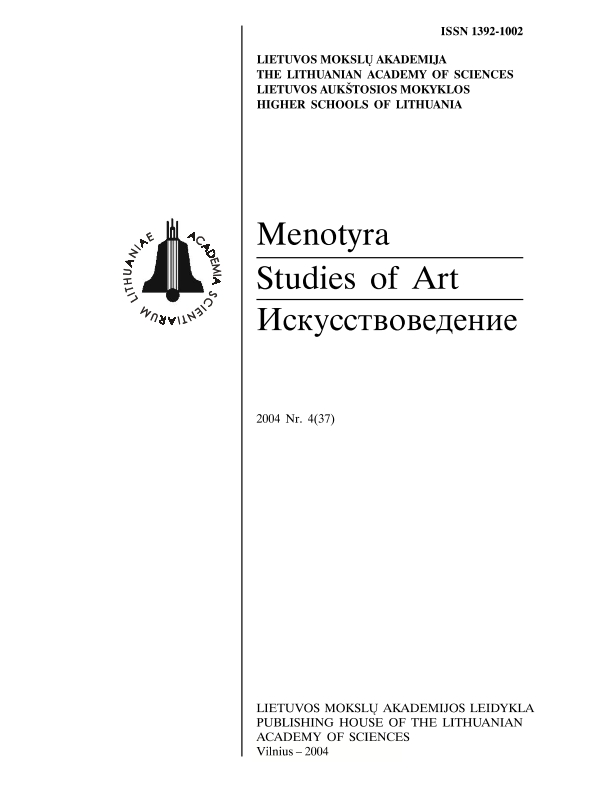Modernizmas ir XX a. Lietuvos choreografija
Modernism and Lithuanian choreography of the 20th c.
Author(s): Helmutas ŠabasevičiusSubject(s): Theatre, Dance, Performing Arts, Cultural history, Recent History (1900 till today), Sociology of Art
Published by: Lietuvos mokslų akademijos leidykla
Summary/Abstract: The ridge between traditional and innovative, classic and modern values in Lithuanian theatrical culture in the 20th century is most obvious hi ballet: the overall majority of plays hi the repertoire are classical productions; therefore in their context and background it is easiest to grope after the search for more modern choreography plastics and theatrical ways of expression.Several plays, staged using a new-fashioned language of dance, prominently stood out from the background of conservative choreographic heritage of the 1920s and 1930s, which was being shaped by the dramaturgic and choreographic transformations that took place in mid- and late 19th century. The scenic expression in these plays (the lexis of the dance as well as the stage design forms) tried to oppose the traditional aesthetics of ballet (as a form of theatre), but was not characterized by conflicting forms or ideas. Thus, they did not provoke discussions that in the history of European culture usually arise from something "new" contradicting the "old".The concepts "modern" and "contemporary" and the practical creations associated with them became more complex in the 40s and 50s, when in choreography an attempt was made to root a culture "national in its form and soviet in its content" - a culture that gave birth to a variety of classical, soviet and national works of the plastic.Since the 50s, the ratio of the traditional to the contemporary plastic language in a creation varies from one choreographer to another. Back then, when working on a creation, the majority of choreographers relied on the dramaturgical framework and lexis of classical ballet, trying to modernize certain elements of the ballet or use inversions of traditional and innovative forms typical of post-modernism; yet no one systematically attempted to cardinally change the aesthetics of the theatre of dance.From the plastics point of view, the thread of "modernism" is related to Danutė Nasvytytė's "expressive" dance studio formed in the 30s. Its successor is only one professional collective of contemporary dance in Lithuania, the "Aura". The highest saturation of a large number of ambitions opposing the classical dance culture and unrealized for many decades can be found in the activities of the Dance Information Centre, which was founded in 1993. The institution's work promotes innovative forms of dance during annual modern dance festivals of Lithuania and the entire Baltic region.
Journal: Menotyra
- Issue Year: 2004
- Issue No: 4(37)
- Page Range: 52-58
- Page Count: 7
- Language: Lithuanian

